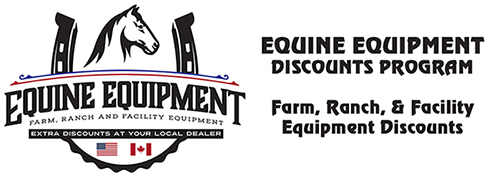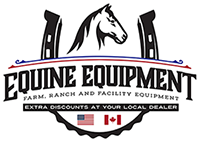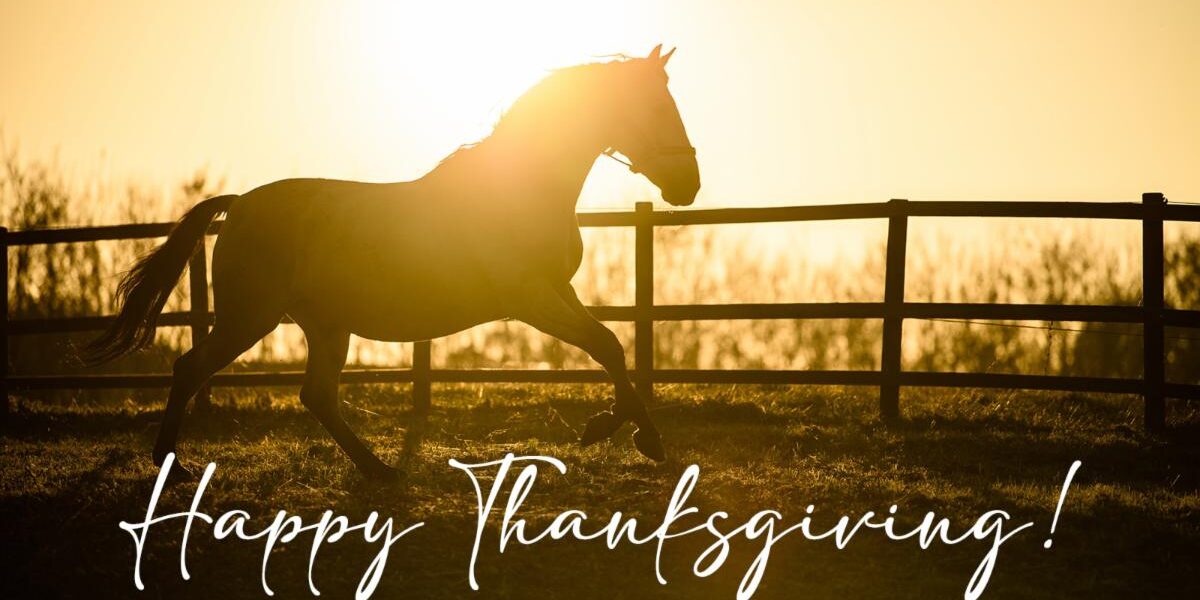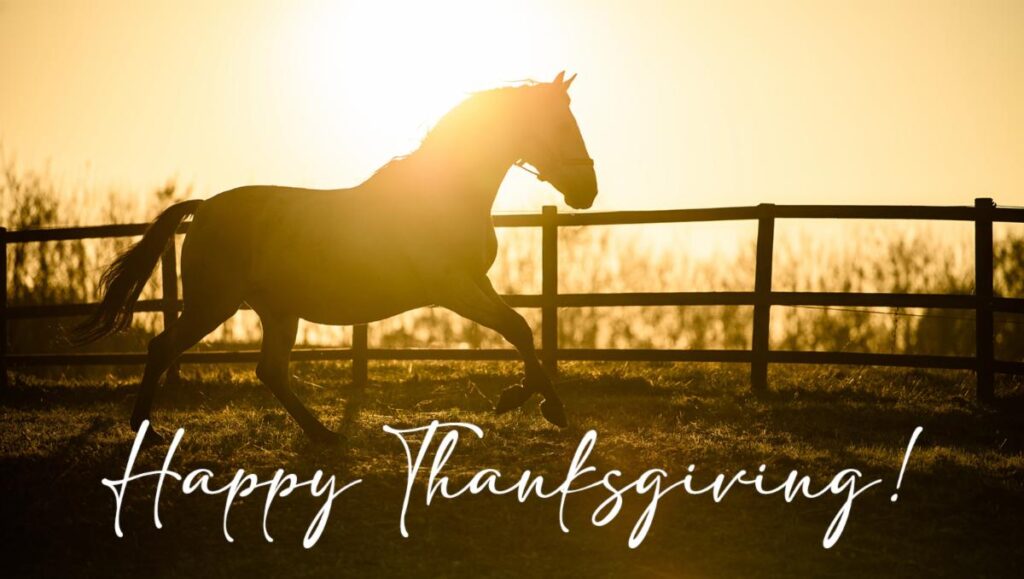
Thanksgiving really isn’t about the food. It’s about celebrating connection. This year, as we gather around the table with family and friends, we wish you many opportunities to connect and build stronger relationships with those you value the most. We hope gratitude and thankful hearts will be present as you celebrate.
From all of us at Equine Equipment, and in the spirit of Thanksgiving, we’re so thankful for the connection we’ve made with you this year. Thank you for being a valued customer!
This November as you prepare for your Thanksgiving feast, don’t forget that your horses have specific dietary needs during these colder months. See below for more information on how to care for them as well as keep your equipment in top shape.
If you have any questions, let’s connect. We’re here to help!
How To Winterize and Store Your Mower
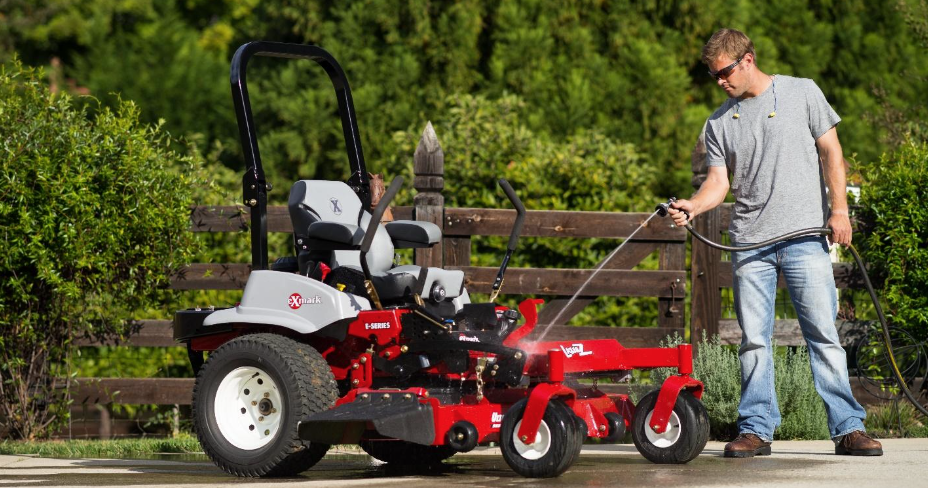
Proper winter storage for your lawn mower is essential if you want to protect your investment over the long term. Any period of inactivity can be bad for mechanical equipment—add in the effects of cold weather on machinery, and you can see why you should take the time to maintain and store your mower properly.
Whether you have a single push mower, a riding mower, or an entire fleet of zero-turn mowers, here are the basic steps you should follow.
- Fully Clean Your Mower: Cleaning your mower is important before storing it. Keeping the mower clean from accumulated debris helps prevent moisture which can cause rust. If you perform only one task in your winterizing prep, let it be a full cleanup of your equipment. Any debris left on the exterior or interior can result in moisture, which can cause rust or a freezing/thawing cycle that is bad for metal. Take any normal steps you would to clean your equipment, including spraying the deck out, removing blades, scraping out clumps of grass, and other wipe-down steps. At the end, your machine should be free of any grass, clippings, or dirt.
- Regular Maintenance: The next step in your mower winterizing plan is to change the oil, the spark plugs, and/or the air filters. These types of activities should be a part of your regular maintenance plan anyway, so always schedule one after your final run. You should also either empty out the fuel system or add a fuel stabilizer designed for winter storage. For more comprehensive maintenance care, you can also lubricate all points of friction. Once these updates have been made, we suggest you run the mower’s engine for a few minutes. This will allow you to ensure everything has been changed properly and get the new fuel and additives into the mower’s system.
- Prep the Battery: You have the option of either re-charging the battery throughout the winter months or removing it and storing it in a cool, dry place. Some people prefer to check on their equipment every month or so, firing it up so that it doesn’t sit too long in a garage or other storage area. In this instance, it’s okay to leave the battery in (although you should fully charge it first.) Others prefer to put their equipment away and forget about it until spring. Decide which approach is right for you.
- Don’t Forget the Tires: If your mower has pneumatic tires, you should park on a surface that’s not cold concrete (a piece of cardboard over the surface will often do the trick). You should also rotate the tires throughout the winter season so they don’t bear too much pressure on one side.
- Store the Mower: The final step in winterizing your equipment is to find a place to store it. A garage or other covered facility is best, as this will keep the cold out and ensure that no moisture gets in your equipment. A cover is ideal, as this will add extra protection against the elements. Keep the mower away from any appliance that can cause a spark. It’s also best to store your equipment away from fertilizer or any other corrosive materials, which eat away at the metal when airborne.
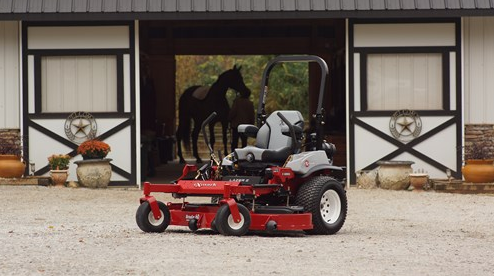
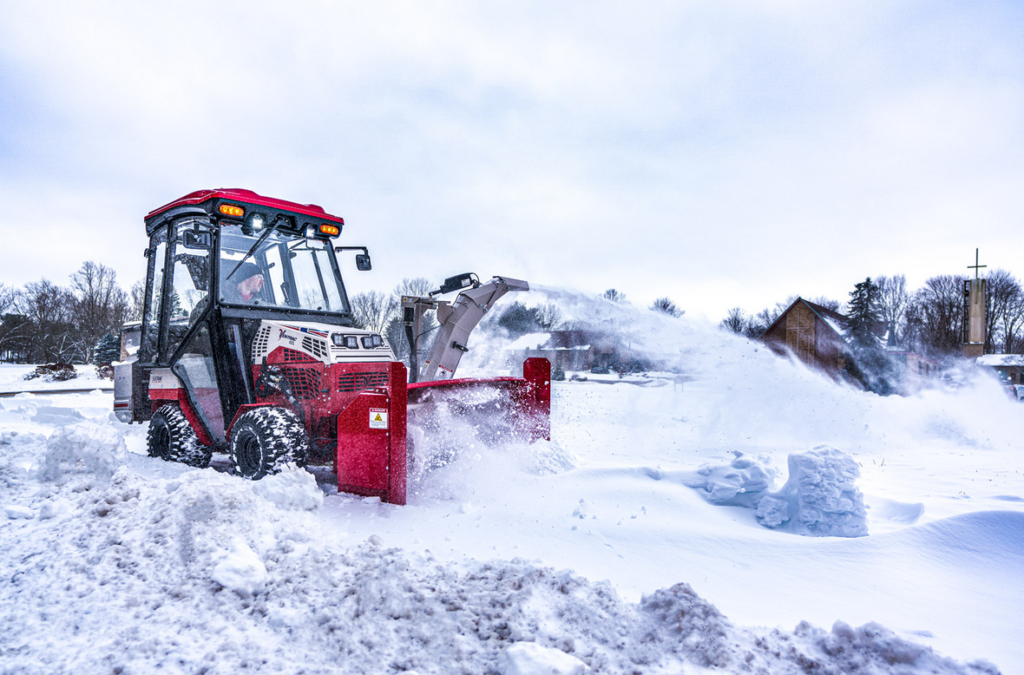
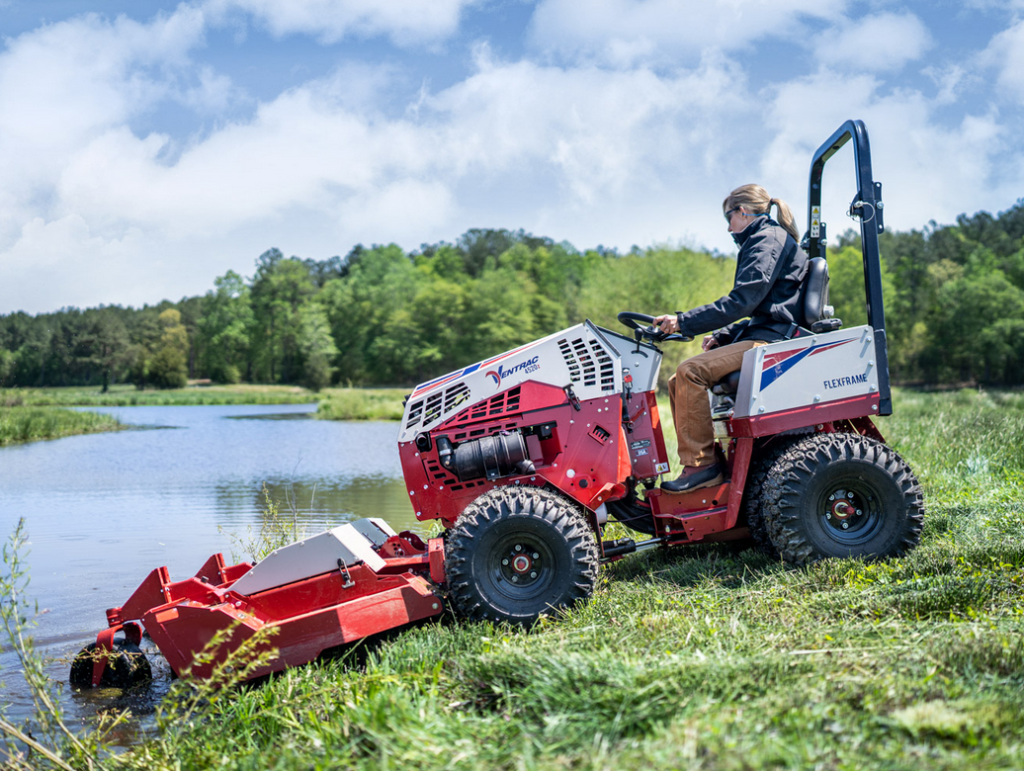
Change of Season Tips for Your Horse
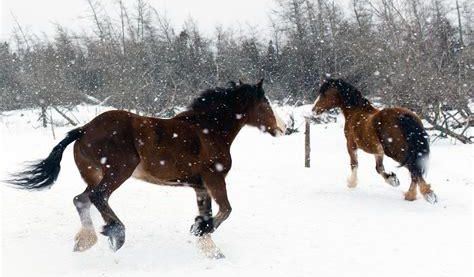
Imagine living in a field of grilled cheese sandwiches and milkshakes. That’s literally what the summer months are like for your horse. It’s easy to forget how much pasture grass can play a role in your horse’s diet until the snow starts to fall. As winter sets in and the pasture grass starts to disappear, there are three key factors that will play a role in your horse’s health: water, fiber and essential nutrients.
- Water: Often one of the biggest concerns of dehydration is impaction colic. This form of colic is mainly caused by your horse becoming dehydrated because it consumes less water. During the winter, horses consume less water because of cooler temperatures (no sweating), less water availability (frozen ponds, cold water, etc.) and a diet of hay (10% water content) instead of pasture (80% water content). The first step is providing your horse enough water to drink. An adult horse (1,000 pounds) in a cool, comfortable environment that is not working or lactating requires a minimum of 5-10 gallons of fresh, clean water per day. But here’s the thing about horses: When it comes to water, their European roots start to show. Horses do not like ice in their water. During winter, many owners notice their horses becoming dehydrated, despite the fact that they’ve provided their four-legged friends all the H20 they can drink. When a horse drinks cold water, it causes their bodies to become colder. This means they have to expend additional calories to heat their bodies back up. Horses will naturally drink less water if it’s too cold. Warming water using insulated or heated buckets or waterers will allow your horse to drink more. Research has shown that horses drink the most water when the water temperature is between 45 and 70º F.
- Fiber: During the winter months, fiber plays an even larger role in a horse’s diet. Fiber obtained from hay is necessary to keep the digestive system of your horse functioning properly which helps your horse keep warm during cold weather. Without enough fiber, horses literally become possessed beavers. They’ll start gnawing the wood off anything from fence posts to bedding in order to make up for their lack of fiber. Horses should be eating at least 1.5% of their body weight in fiber per day. That means about 15 pounds for a normal, 1,000-pound horse. If the fiber is high-quality, your horse can consume up to 3% of their body weight per day (30 pounds for 1,000 pound horse)..
- Essential Nutrients: In order to stay happy and healthy, your horse also needs protein, trace minerals and vitamins. Pastures are often a great source of these essential nutrients for your horse, but during the winter, most pastures will disappear. A common source of supplemental protein, vitamins and minerals comes from fortified grain concentrates. However, when choosing a product, it’s crucial that you choose the feed that is intended for your type of horse. For example, if you have a pregnant mare, you should select a feed that is intended for pregnant mares, not “senior” horses. The next critical factor in choosing a grain concentrate is making sure you are feeding the recommended amount. If you’re feeding 1/3 of the amount recommended, your horse is getting exactly 1/3 of the intended nutrients. If you feel the amount of feed recommended is too much (i.e., your horse is gaining too much weight), you should feed your horse a more concentrated product. More concentrated products are called “supplement pellets” or “balancer pellets.” They’re designed to be fed at much lower rates, but are still fortified to provide your horse with adequate nutrients.
We Can’t Avoid it- Be Prepared- SNOW!
Winter can be a challenging season for horse owners, especially when it comes to snow removal. While horses love playing in the snow, it can make life outside of the pastures difficult. But don’t worry! With the right equipment, snow removal can be a breeze.
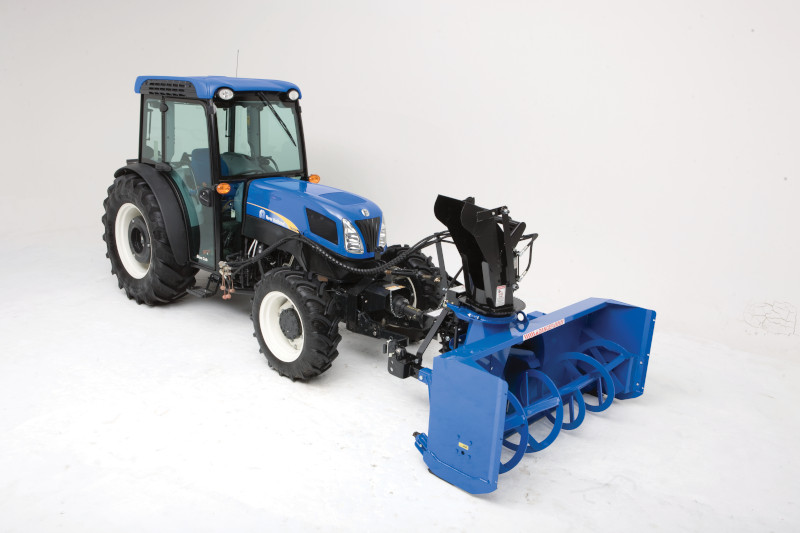
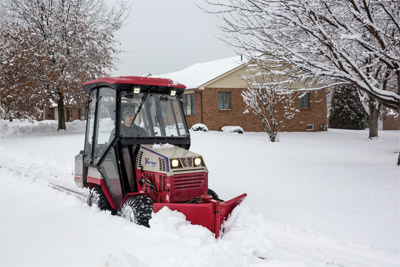
“The Equine program provides a great opportunity for us, as a dealer, to offer additional discounts that no other manufacturers have access to. We have been able to make several additional sales by using this program. Ashley makes this process very simple and straightforward to us.”
– Regina L. Rose, Rose Farm Supply LLC, Flemingsburg, KY

